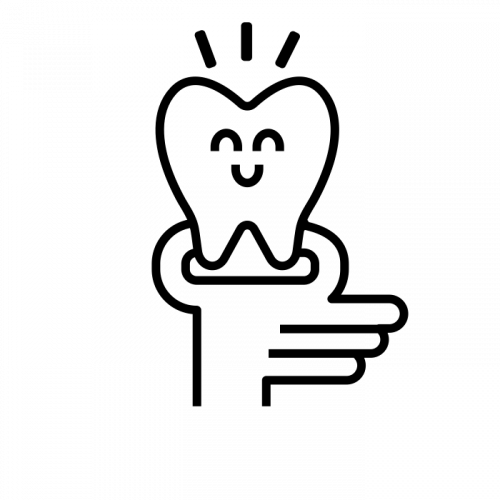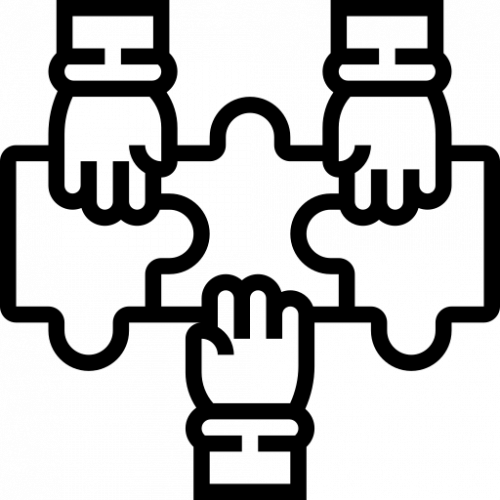This scientific project arose from the need to have a reference collection of deciduous teeth for the different investigations carried out in the Dental Anthropology Group (GAD) of the National Research Center on Human Evolution (CENIEH).
The research of this GAD is focused on the dentition of hominins from the Pliocene, Pleistocene and Holocene. In addition to classical studies of tooth morphology and dimensions, 2D and 3D morphometric analyses of enamel, dentine and pulp cavity are also carried out using the micro-computed tomography equipment of the Microscopy and Micro-Computed Tomography Laboratory (MicroCT). These studies and investigations of other anatomical regions allow us to make inferences about the taxonomy, phylogeny, development and evolutionary scenario of the species studied.
The creation of this deciduous teeth collection has the following main objective to develop a comparative sample of baby teeth for worldwide reference to help carry out important research in different fields such as paleoanthropology, anthropology and forensics.
To date, it has already been used in scientific papers published in international journals, such as the work on the morphology of deciduous teeth of the fossil species Homo antecessor (Bermúdez de Castro et al., 2017; Martínez de Pinillos et al., 2017) or the study about sexual dimorphism (the differences between boys and girls) in the composition of tissues of the lower second molar (Hernaiz García, 2017). In addition, the article on the reference collection itself published in the American Journal of Physical Anthropology (Martínez de Pinillos et al., 2021), is helping to raise awareness of this important collection in the scientific community.
Its potential is undoubtedly enormous and could be very useful in future studies such as:
- Research on the external (enamel) and internal (dentine) morphological characterisation of teeth using micro-CT techniques.
- Research on the pathologies suffered by extinct human populations, with interest not only in their health and disease status but also in their relationship to the behaviour and degree of ecological adaptation of these populations.
- Investigations on the pattern of dental development and histology.
- Sexual dimorphism studies to evaluate the variable between males and females based on dentition.


